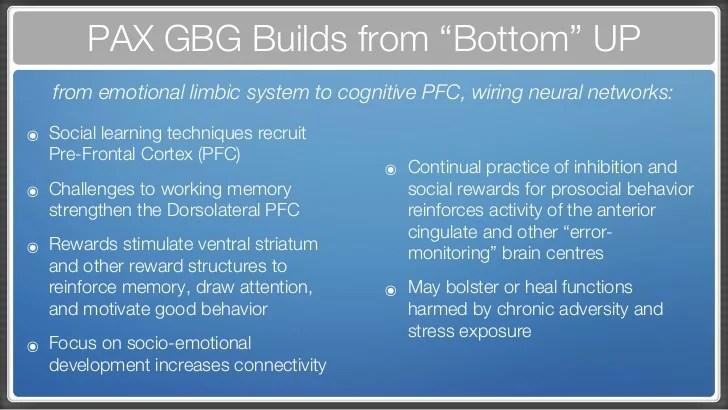Pax Good Behavior Game Rewards. The pax gbg combines science from peacebuilders, good behavior game, and other studies for a classroom and schoolwide approach that teaches student. The pax good behavior game in new mexico schools background.

This is a behavior punch card that is used to reward positive behavior in the classroom. The idea of the pax good behavior game is to get through the predetermined time period with a minimum number of “spleems.”. Pax gbg is used by teachers to build a positive, supportive, and engaged classroom environment pax gbg improves learning conditions for students, and results in more teaching time and greater teacher satisfaction pax gbg encourages positive interactions among students and teachers, and offers immediate
On the effects of something called the good behavior game. If you get all 20 squares punched in for good behavior then you get a free homework pass or lunch with the teacher:) Beginning in the 1960s, researchers found that the game reduces disruptive behavior and increases students’ instructional engaged time.
The good behavior game (gbg) was originally developed by barrish, saunders, and wolfe. When the students work cooperatively with little disruptive behavior, they earn small rewards like extra recess time. Disruptive behavior, they earn simple rewards, such as extra time for recess.
Pax Games Are Brief At First — A Minute Or Two — Then Increase In Length As Students Consistently “Win” 12 Out Of 15 Games Each Week (Equivalent To 85% Of The Time).
The class is divided into two teams and a point is given to a team for any inappropriate behavior displayed by one of its members. This is a behavior punch card that is used to reward positive behavior in the classroom. The goal for a good behavior game is to have three spleems or less.
Pax Gbg Is Foundational—Helping Students To Achieve Not Only Classroom Success, But.
Beginning in the 1960s, researchers found that the game reduces disruptive behavior and increases students’ instructional engaged time. The idea of the pax good behavior game is to get through the predetermined time period with a minimum number of “spleems.”. In that study, children in a classroom were divided into two teams, each of which could receive a reward of thirty minutes of
The Teams “Competed” Against One Another To Earn A Reward, Which Was Earned If The Teams Refrained From “Bad” Behavior During Normal Instruction.
If a team or group has three spleems or less, they receive a reward. Marchese research associate, johns hopkins university bloomberg school of public health close. Major research at johns hopkins center for prevention and early intervention has studied three.
The Good Behavior Game (Gbg) Was Originally Developed By Barrish, Saunders, And Wolfe.
If you get all 20 squares punched in for good behavior then you get a free homework pass or lunch with the teacher:) Pax good behavior game changes classroom behavior. The pax system grew out of eorts to strengthen social supports for the implementation of the good behavior game.
Disruptive Behavior, They Earn Simple Rewards, Such As Extra Time For Recess.
Pax (positive classroom behaviors) and. Not long afterward, they began using a version of the game called pax gbg (pax is latin for peace) that was developed by psychologist dennis embry, phd, who is now an investigator for the center for prevention and early intervention. This again stresses the importance of positive behavior in the classroom and also hints on the rewards as well.
